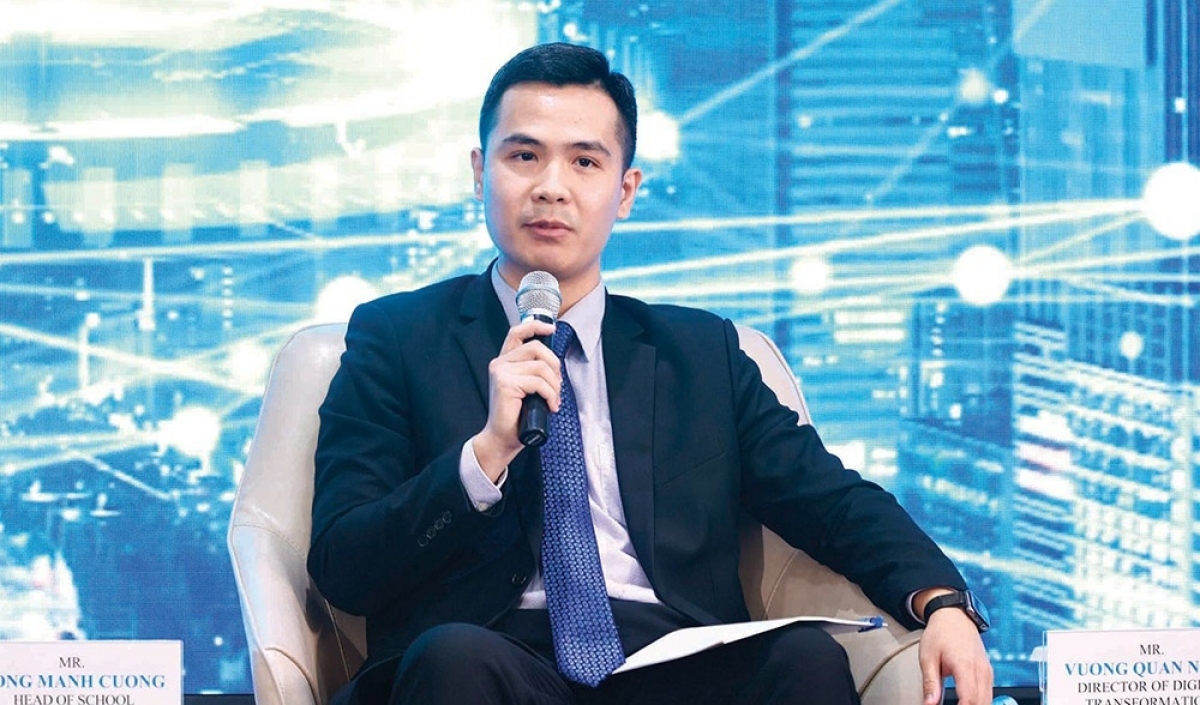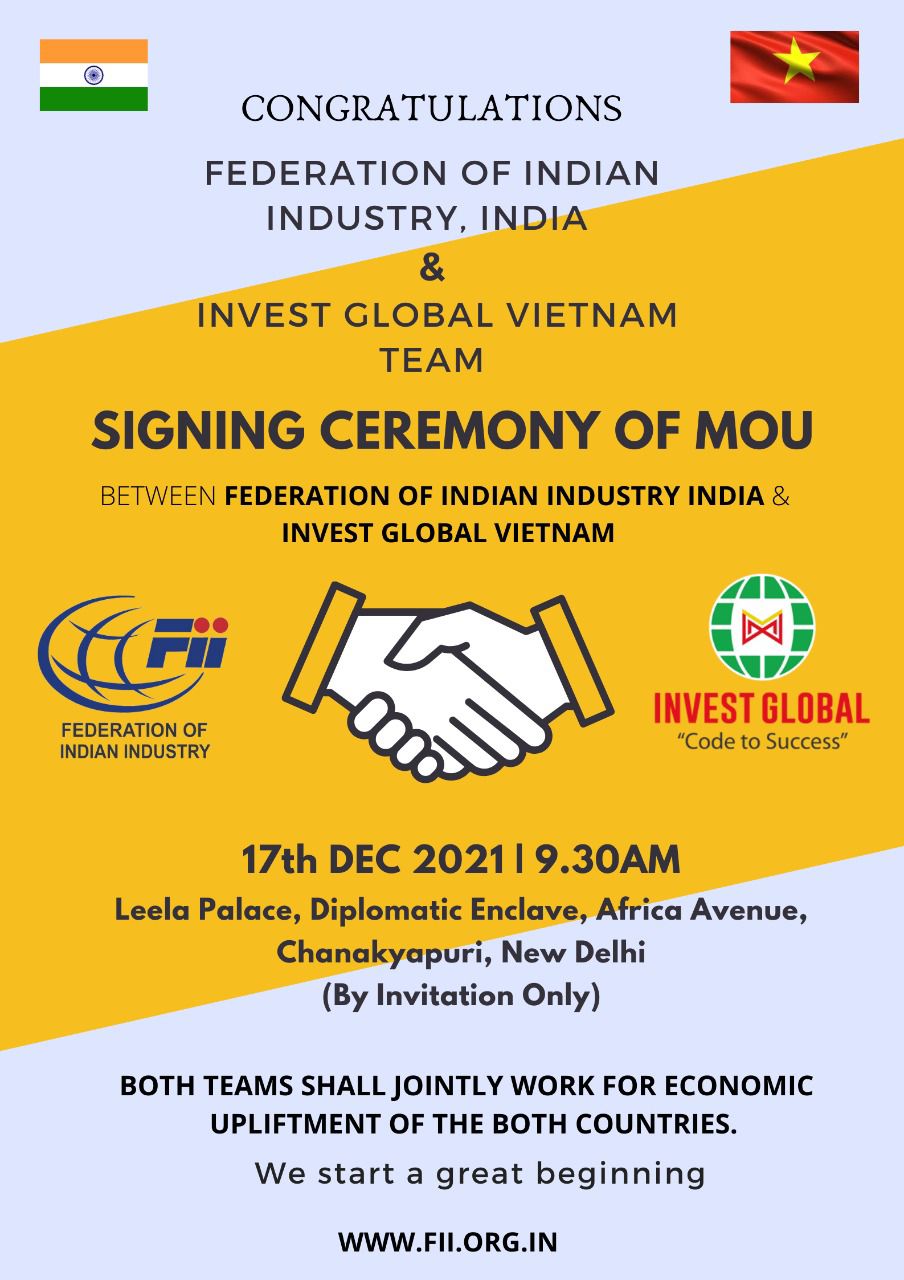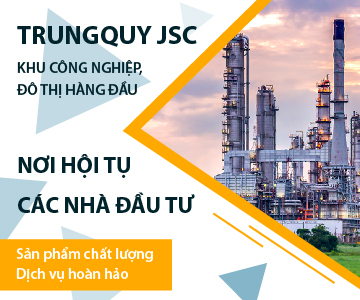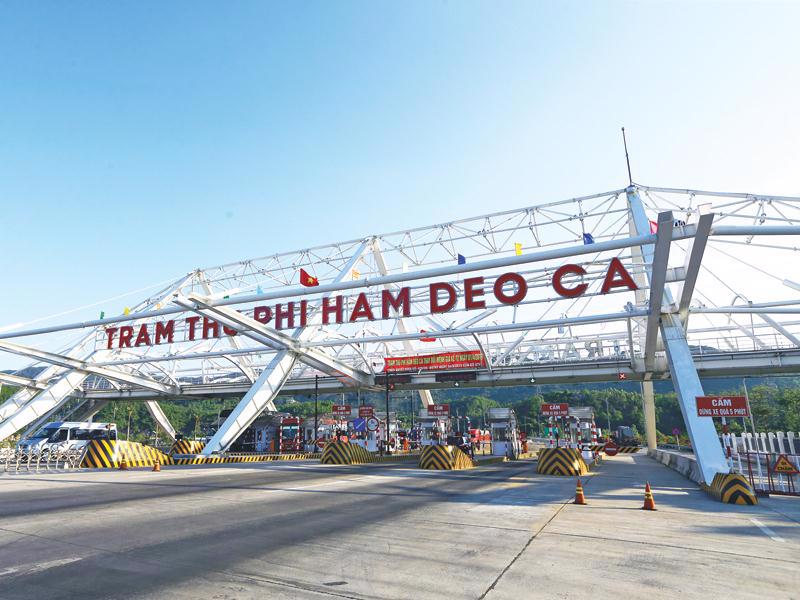INTERNATIONAL INVESTMENT
AND PORTAL
 Prof. Dr. Ho Quoc Nam, executive director Global Chamber Vietnam
Prof. Dr. Ho Quoc Nam, executive director Global Chamber Vietnam
Total registered foreign direct investment (FDI) in the first six months of 2025 reached more than $21.51 billion, a 32.6 per cent increase on-year, with a rise in adjusted capital and mergers and acquisitions (M&As), reflecting’ long-term commitment.
New US tariff policies, along with domestic reforms such as stricter tax management, local administrative mergers, and monetary policy are shaping FDI flows. Vietnam is moving towards an autonomous economy, with FDI acting as a catalyst to promote technology transfer and global value chain integration.
Meanwhile, Resolution No.68-NQ/TW marks a strategic transformation, placing the private sector on par with the state and collective economy. This transformation is not aimed at reducing dependence on FDI, but at creating a balance between FDI and the private sector. Vietnamese private enterprises can cooperate with foreign investors to develop high-tech industries, thereby enhancing competitiveness.
While facing the context, foreign-invested enterprises still commit their expansion in the country with Samsung, Foxconn, Intel, and others continuing to make major investments. The other focuses are green M&As, where renewable energy transactions account for 42 per cent of the total dealmaking. High technology and semiconductor chip projects, including the $650 million venture in the northern province of Bac Ninh, demonstrate the trend of technological upgrading.
FDI in Vietnam is shifting towards quality, with the manufacturing sector continuing to lead. Capital flows primarily focus on adjusted capital and equity purchases from major investors like South Korea and Singapore, indicating efforts to upgrade technology and optimise supply chains.
Although the number of new projects increased, the value of commitments decreased, reflecting caution and a trend towards prioritising smaller-scale projects with high technological content. In terms of location, Bac Ninh and Dong Nai have strongly attracted adjusted capital due to infrastructure and personnel, while Ho Chi Minh City has led in new projects and M&As due to market attractiveness.
In the short term, the impact of the new US tariff policy will be evident. FDI into key export industries such as electronics (accounting for 34 per cent of FDI) and textiles may still be under pressure to increase costs and shrink the US market. However, the decline may be less severe than the initial forecast (10-15 per cent decrease) if businesses quickly adjust and localise production.
Global economic growth is projected to slow to 2.3 per cent in 2025. Against this backdrop, the new US tariff decisions are significantly reshaping the investment and trade environment in Vietnam.
Regarding bilateral trade, Vietnam’s acceptance of a zero tariff for US goods facilitates access for American products and services to the Vietnamese market. It also demonstrates Vietnam’s commitment to strengthening economic ties with the US and facilitating technology transfer and cooperation between foreign-led enterprises and domestic private enterprises in accordance with Resolution 68.
Meanwhile, the draft amendment to Vietnam’s Law on Corporate Income Tax is expanding tax incentives for key sectors such as vehicle manufacturing, research and development, and support services for small and medium-sized enterprises.
Coupled with a review of incentives for industrial parks and economic zones, this move demonstrates the government’s effort to optimise the effective allocation of tax incentives. This can help enhance Vietnam’s attractiveness for FDI in strategic sectors. Nevertheless, it also requires foreign investors to comply more strictly with tax regulations.
Concurrently, the new tax policy emphasises increased transparency and public disclosure to ensure accurate and sufficient tax collection for the state budget. This is expected to bring multidimensional positive impacts on FDI flows from 2025 onwards, including increasing investor confidence, attracting high-quality FDI, supporting more transparent private enterprise joint ventures, and improving the national image for international investors.
Nevertheless, stricter tax management also poses several challenges. It can increase compliance costs, impact on export sectors, and cause short-term risks which make new investors may hesitate to implement large projects. However, FDI will continue to be boosted into high-tech sectors such as AI, semiconductors, and renewable energy, thanks to tax incentives and successful trade negotiations.
